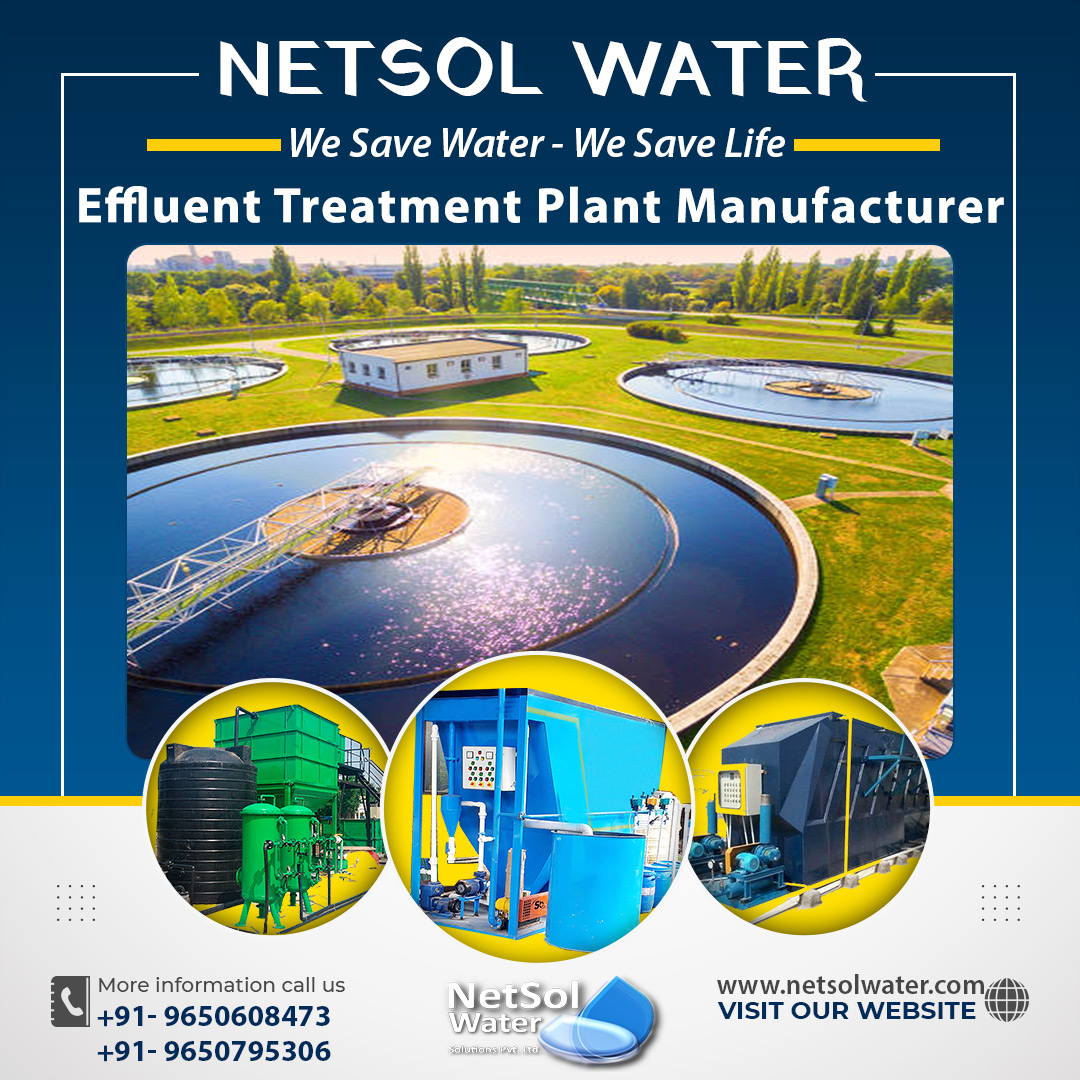Wastewater that exits a treatment facility, a sewer, or an industrial outfall is referred to as an effluent. Before being released into the sea, rivers, or streams, the effluent must be treated to minimize harm to the environment, wildlife, and public health. Thus, manufacturers are accountable for properly handling their wastewater.
So, let’s understand the importance of effluent treatment!
Why is an effluent treatment plant necessary?
The industrialization process is harming the environment on a global scale. India also faces significant environmental problems due to inefficient industrial wastewater treatment, especially given the nation's expanding small-scale manufacturing industry.
The use of cleaner production techniques and waste reduction strategies, is becoming more popular as a solution to industrial pollution discharge. For small and medium-sized businesses, Effluent Treatment Plants (ETPs) are one of the potential alternatives, for efficient wastewater treatment.
When it comes to wastewater, the site's sewer/drainage system, and the contaminants with their corresponding limit values that must be reached, an Effluent Treatment Plant (ETP) is a crucial part of the manufacturing process.
Additionally, by reducing the number of discharge sites in an industrial estate, the ETP helps environmental regulatory authorities enforce pollution reduction, and environmental improvements more effectively. The cleaned industrial wastewater (or effluent) may be repurposed or disposed of, into surface water or a sanitary sewer.
Usage of the effluent treatment plant
Industrial effluents, contaminated water from outlet pipes, reservoirs, rivers, and lakes, among other things, are cleaned at effluent treatment plants, before being recycled for use in a variety of ways. The ETPs are typically deployed in sectors such as the textile, pharmaceutical, leather, and chemical industries, when there is a high likelihood of water pollution. The application of these treatments depends on a variety of elements or qualities of the wastewater, as well as the location or available space for the plants.
Before being released back into the environment, contaminated and polluted industrial water is cleaned at such an effluent treatment plant, to make it useable. Humans won't be able to access clean, usable water for daily tasks without this treatment.
ETP uses a wastewater treatment technique to remove impurities, such as oil and grease, suspended particles, heavy metals, organic and inorganic debris, and organic matter. ETP can be implemented using either a batch process or a continuous flow process methodology.
Other importance of ETPs
Effluent treatment facilities save energy, clean up waste with cost-effective operations, and adhere to regulatory requirements.
Basically, the industry and location have a big impact on how an effluent treatment plant is designed. The primary factors to be taken into account when developing effluent treatment facilities, are location and wastewater characteristics.
When designing a wastewater treatment facility, the quality of treated and untreated effluent is heavily considered. Also speaking about the treatment selection process, it entails taking into account a variety of additional variables, such as treatment effectiveness, cost, and dependability.
Goals to accomplish
1. To purify and repurpose industrial wastewater.
2. Limiting the use of freshwater and potable water in business.
3. To cut operational production expenses or the amount of money spent on purchasing water.
4. Comply with the government's standards for the emission or discharge of environmental toxins, from various businesses to avoid harsh penalties.
5. To safeguard the environment from pollution and support long-term growth.
What do we offer?
Since, wastewater composition varies, specialized wastewater management is required. Every project is different, and our experts at Netsol Water will assist you in selecting the most effective technique, for treating water and wastewater in the best way.




